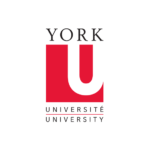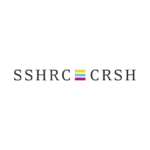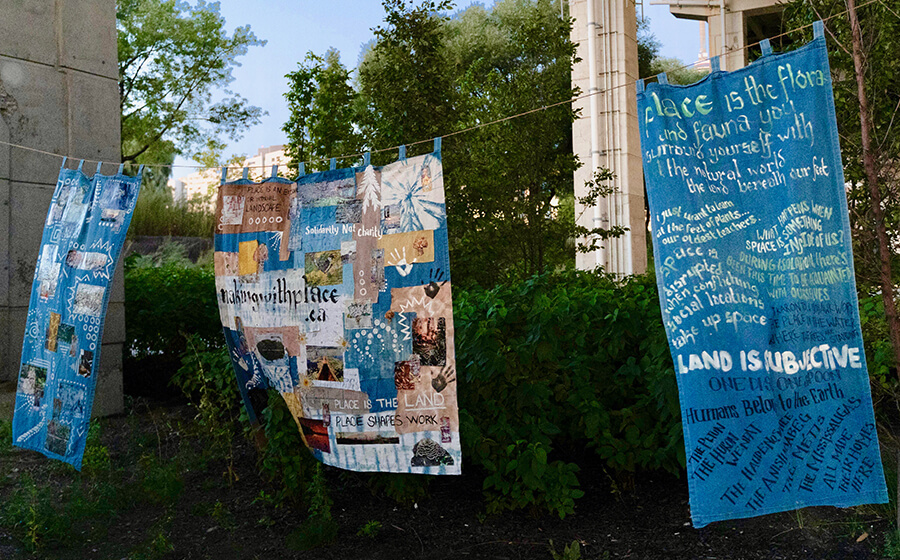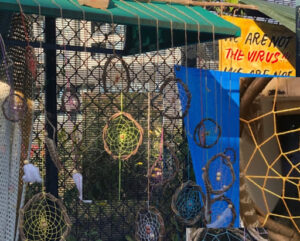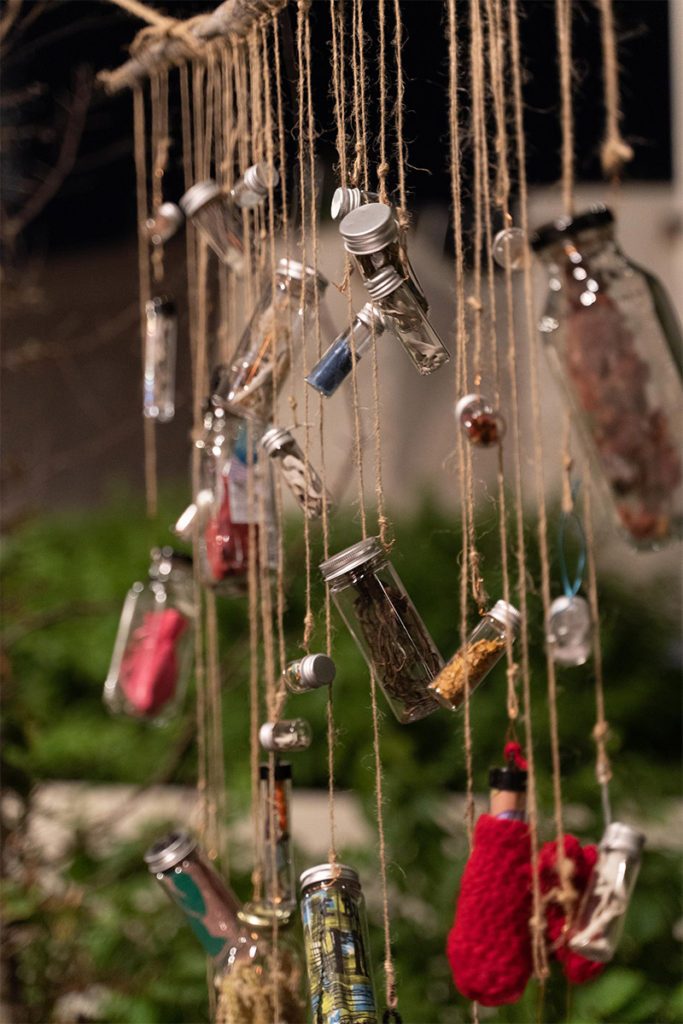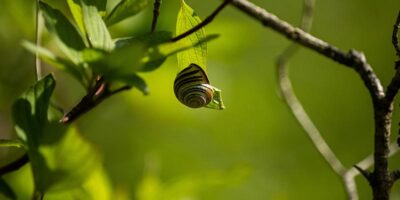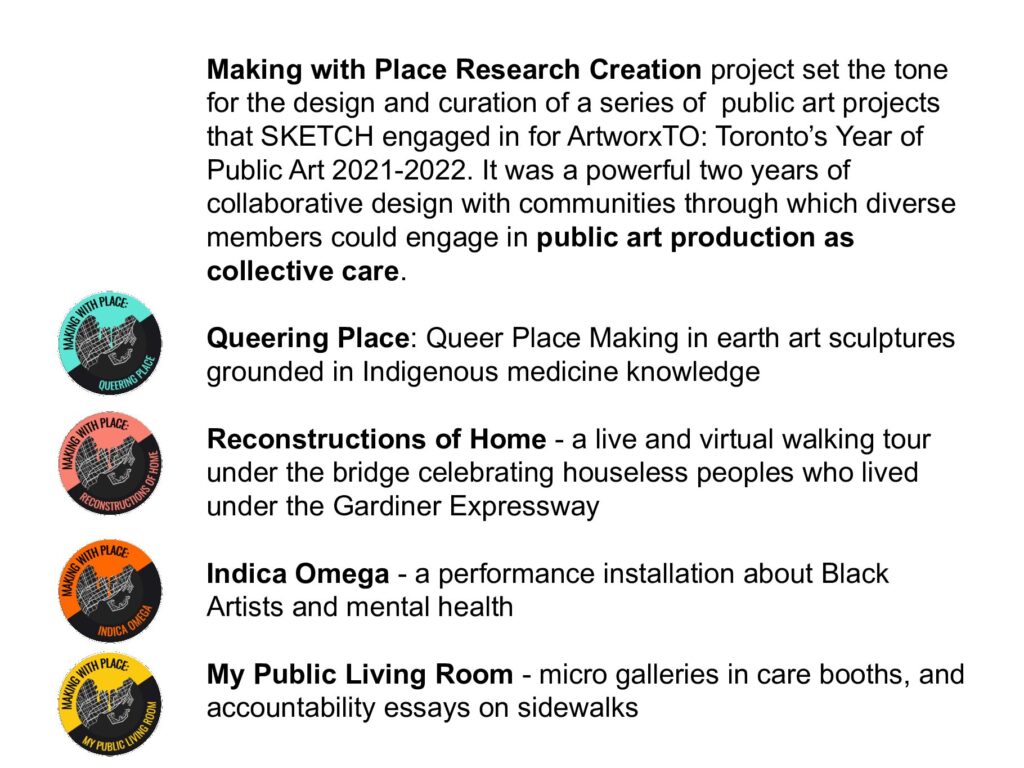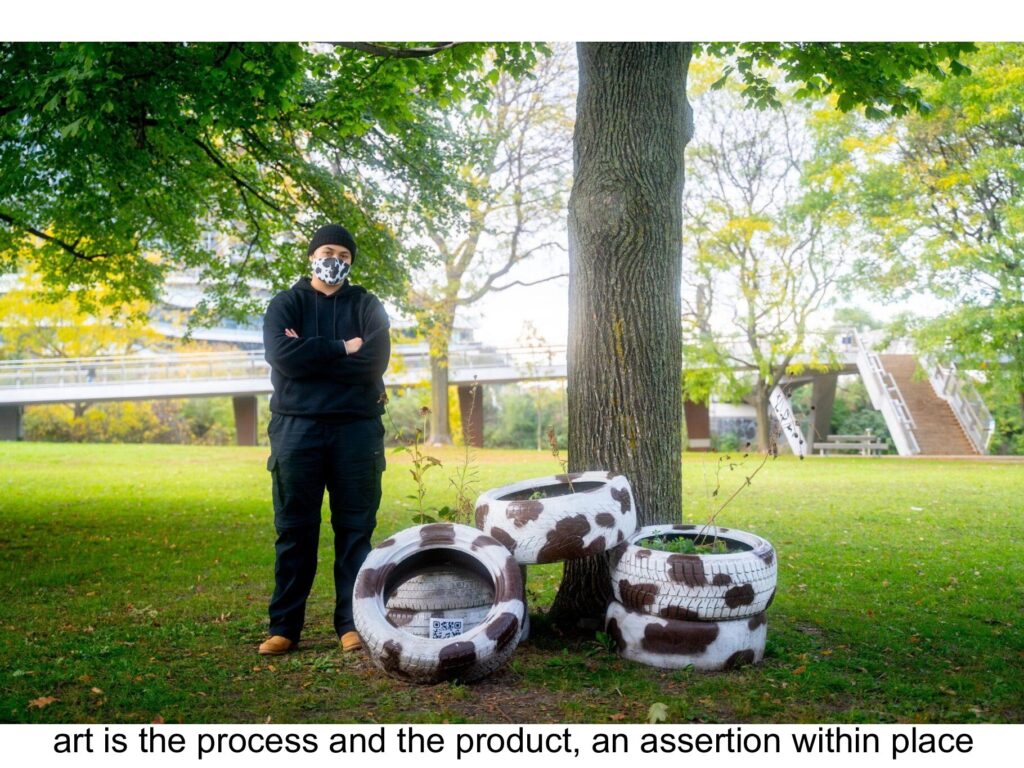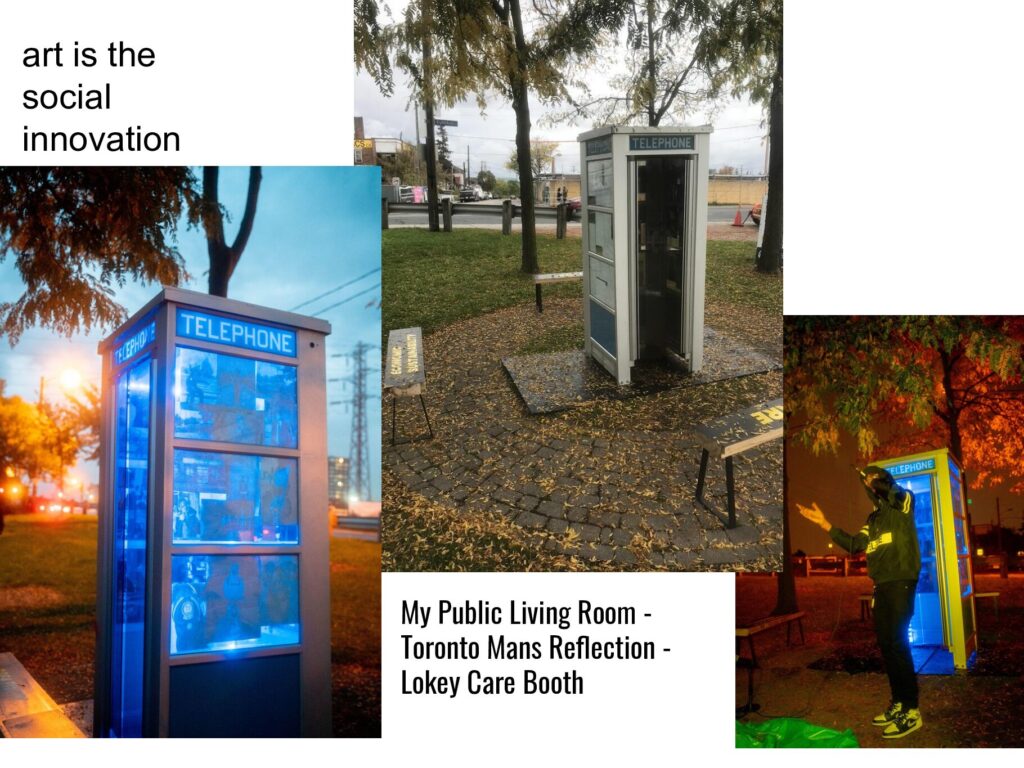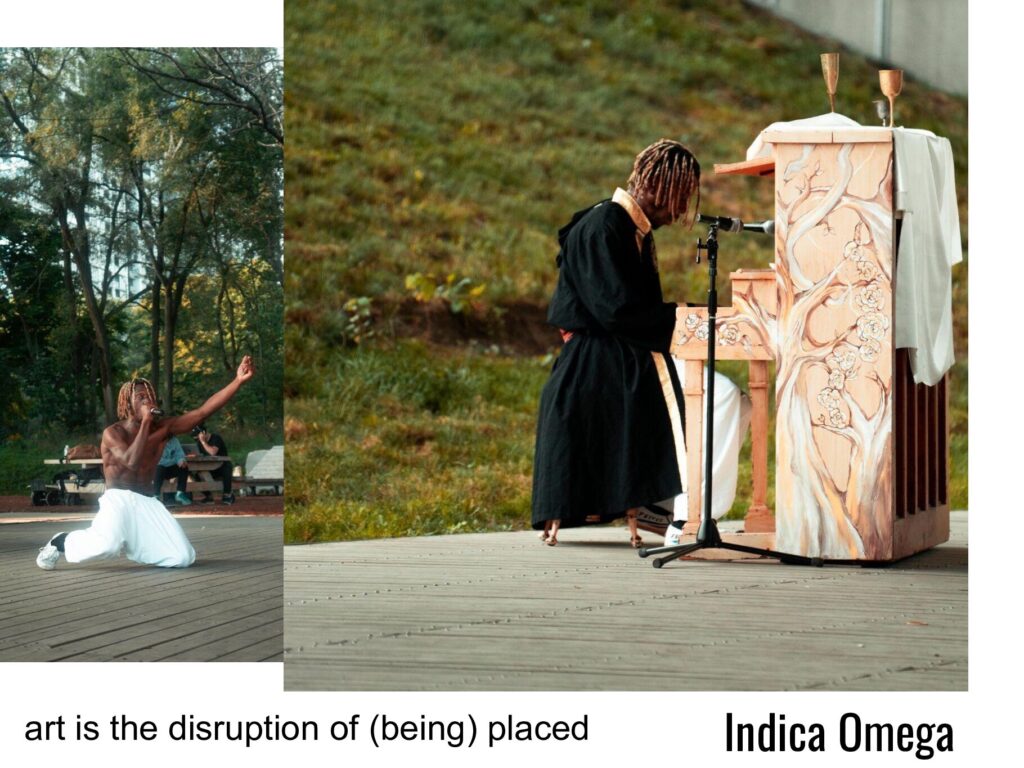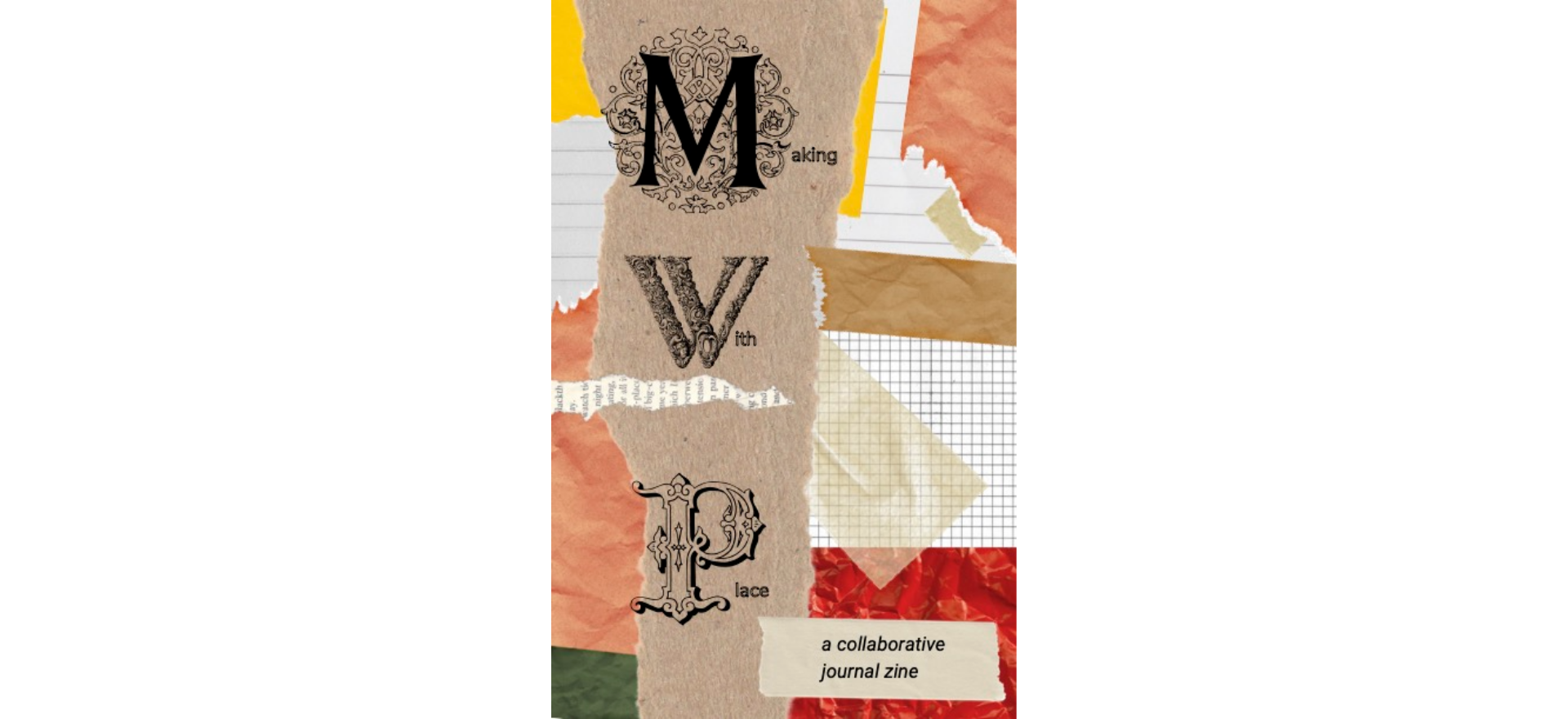This storyboard is intended to take you through a virtual tour of the Making With Place project, as it grew from a practice-research to public art project.
There are clickable links throughout, including within many of the images, which will take you to diverse written, video and photographic content, in which community artists surfaced what matters in (new) aesthetics of the social role of art.
Making with Place (MWP) began as a research project at the beginning of the COVID-19 global pandemic 2020. It was a collaboration between SKETCH Working Arts and York University Faculty of Environmental and Urban Change, and engaged young artists with lived experience of navigating society’s imposed margins.
MWP engaged artist-reSearchers to explore artistic practice and production with PLACE, as knowledge, scholarship, resistance and as collective care.
About Making with Place Research Project
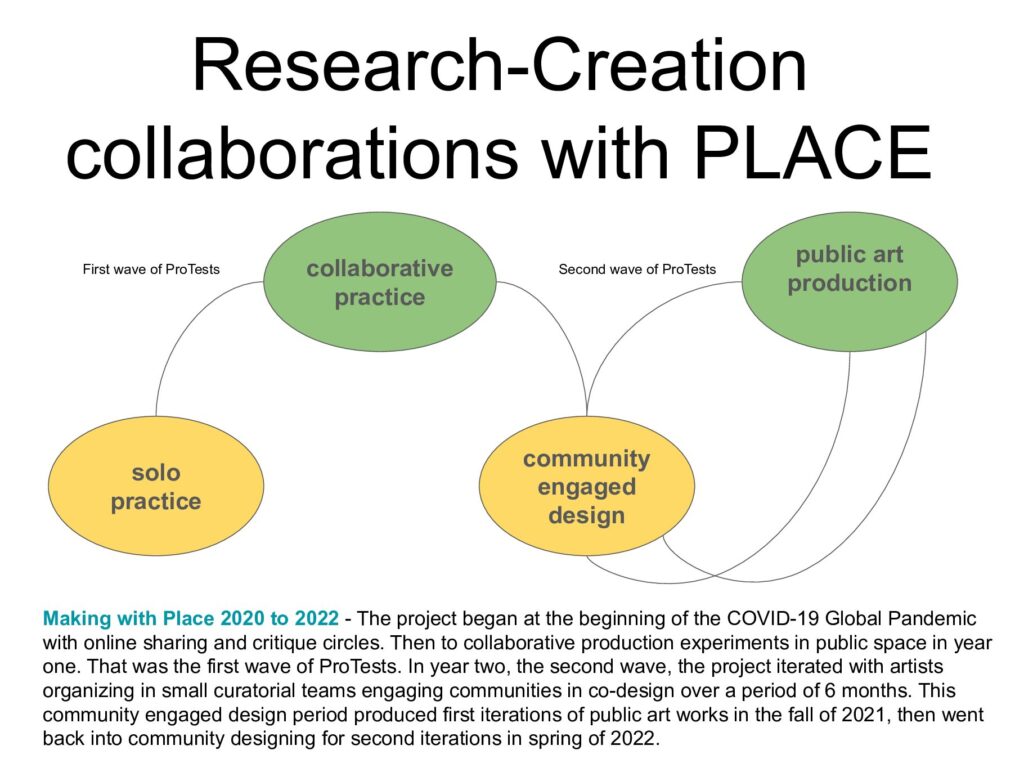
Place asks us to start with where we are, who we are, in relation to where we are, what has come before us, what’s emerging now and where do we want to go?
Making with Place, invites centering in the complexities, the dynamics and flows of all of these at once: physical space(s), historical and current contexts, internal landscape, relationships with humans and more-than-humans, time scapes and the transcendence of constructed boundaries into liberated (pulsating) futurity.
Guiding questions: What does it mean to make with place? What desires and intentions for community and culture emerge when making with place?
art is not simply a tool for uncovering but rather a process for exploring meanings, or as James Baldwin (1985) asserts, for “laying bare the questions that have been hidden by the answers”
Art subverting research, creating culture and influencing change
The project surfaced urgings of young artists: that we make art that pertains to our lives in the world, that we declare injustice with pubic art, and that we tell and retell stories of past and present that contest colonialism and all its boundaries.
but first…place
Bert Whitecrow’s personal poetic narrative
Jess DeVitt’s place as internal
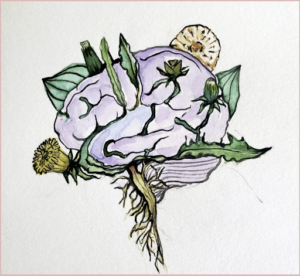
I’ve been thinking what happens when place is something inside of us? for me it’s like intrusive thoughts coming in waves, spiralling thoughts…thinking about these thoughts as coming deep from inside of my brain, and settling there
Jahmal Nugent’s animal crossings
Pree Rehal’s CRIP collab zine
being/love by Destiny Pitters
Many marginalized folk don’t have the privilege of clear vision when thinking of place as location; instead, we are afforded a broken window with shards of rejection, houselessness, slavery, genocide and asylum-seeking. But as creative substitutes, place exists for us in other ways: as loved ones (human and non-), identities and dreams.
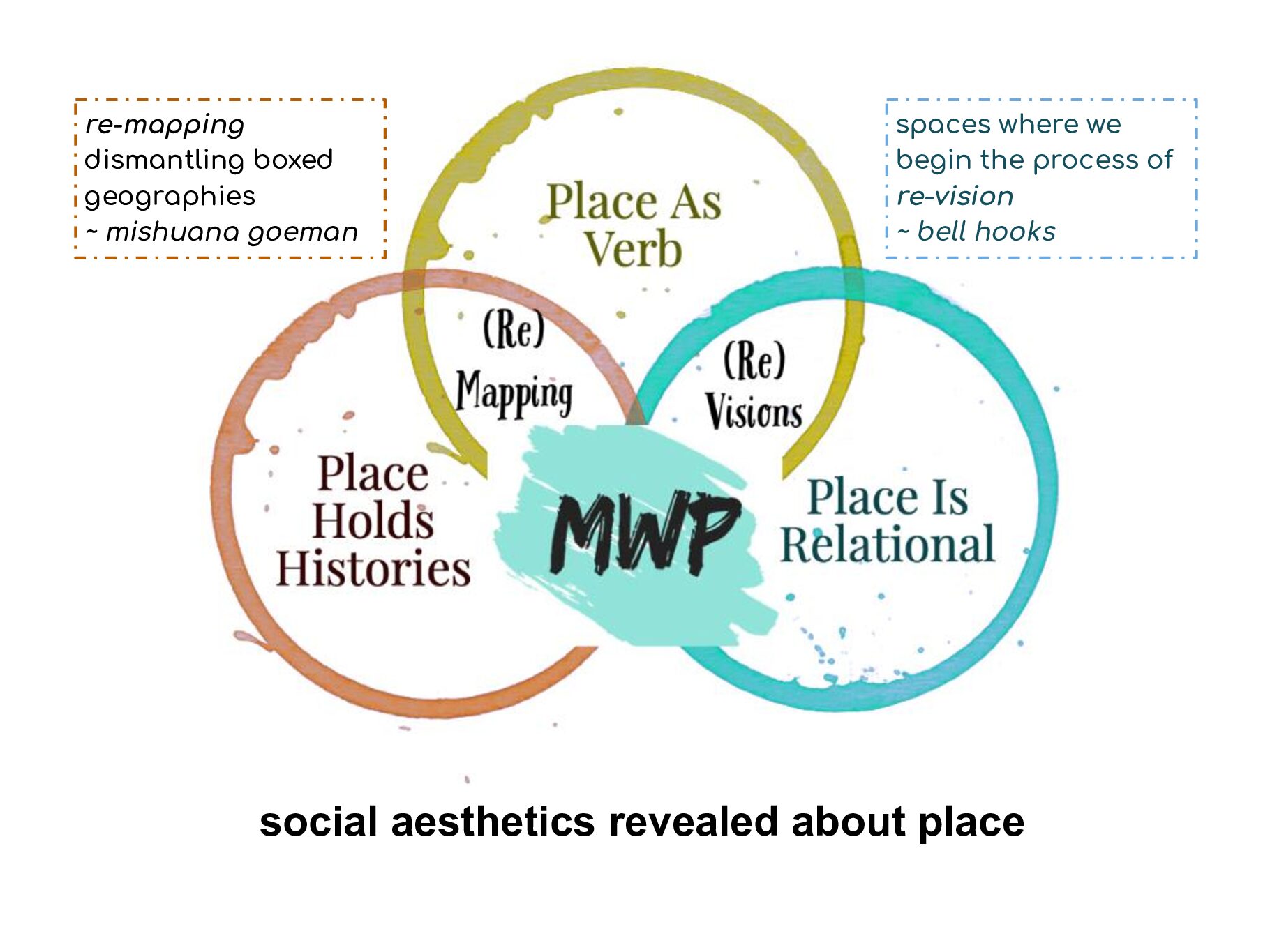
Place as Verb expresses living processes of place-making.
Place Holds Histories manifest and contested in diverse ways of being and inter-being.
Place Is Relational enacting a form of (Re)Mapping, revealing histories and dynamics of place.
Serving as (Re)Visions into the relational possibilities and politics of shared space.
Place is internal to each being, subjective, as well as external, geographic, and objective.
Place is political Turtle Island is a space of deep rifts caused by dispossession of Indigenous lands, and settler, colonial and capitalist violence to Indigenous and Black and Brown bodies. Making with place seeks aesthetics of disruption, recognition, transformative justice, & anti-capitalism.

Activations of Collective Care
(clickable links below)
Relational Becoming
(clickable links below)
(New) Aesthetics in Socially Engaged Arts
Place is a dynamic and active collaborative element in socially engaged arts
Internal Landscape is a ‘place’ from within, in which knowledge is generated revealing that subjectivity and localized genealogies matter
Art Production, through socially engaged arts, can be a practice of Collective Care
Public socially engaged art with communities, leads to Relational Becoming – part of social transformation
when asked about theory and reflection artists responded:
didn’t we already theorize and reflect and share knowledge in the creation of our art work?
Interviews were synthesized into formal presentations and blog pieces to share broadly through an online journal-zine
Artists joined curatorial teams to consider how to move these place learnings into community engaged public art projects.

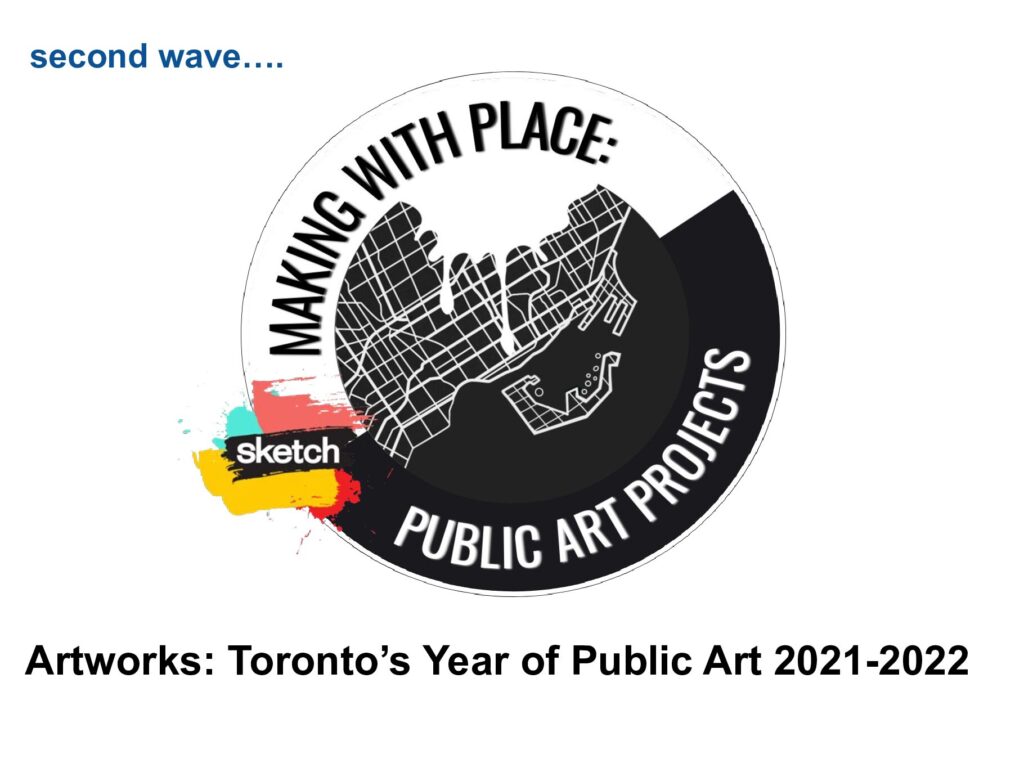

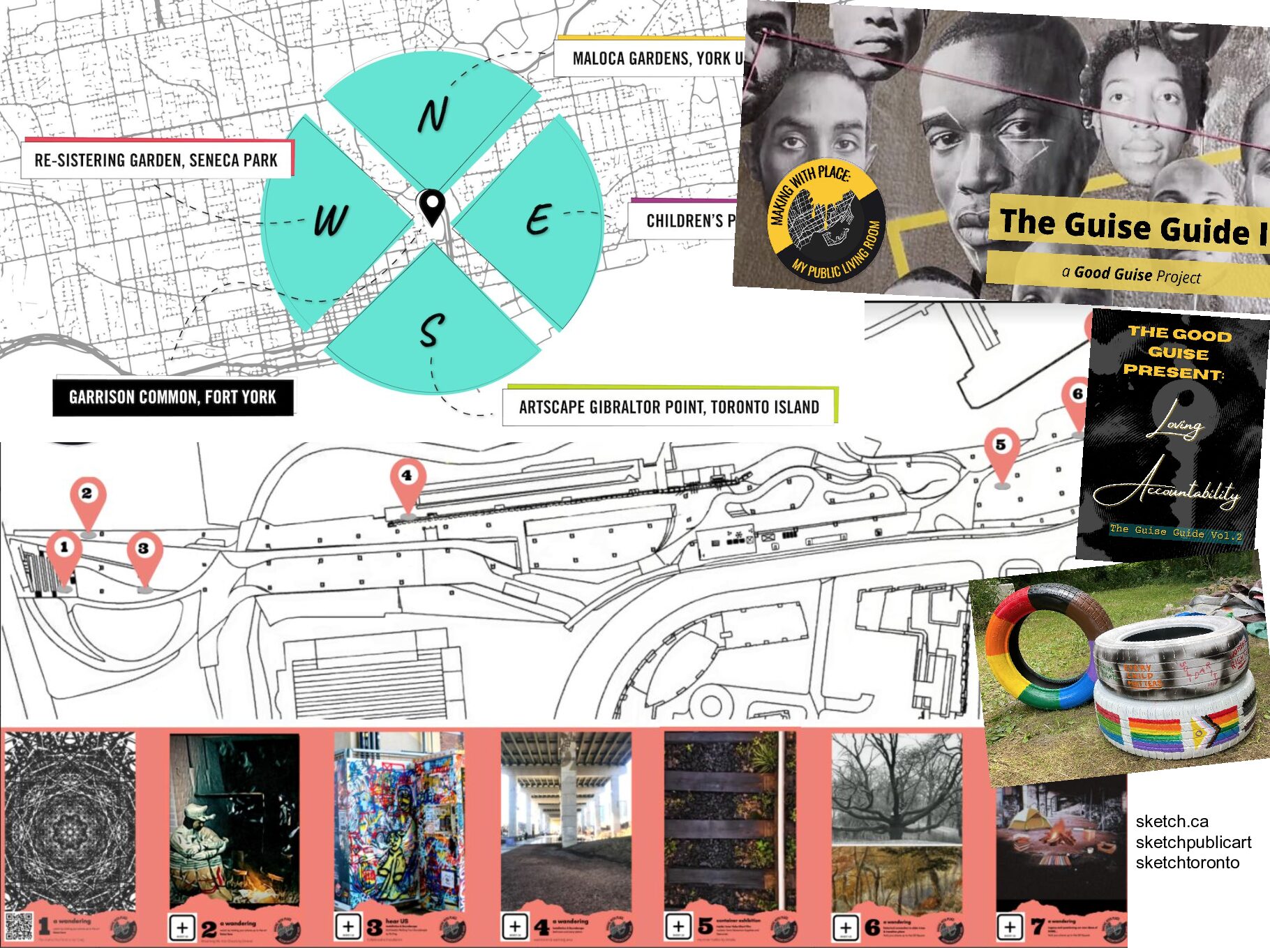

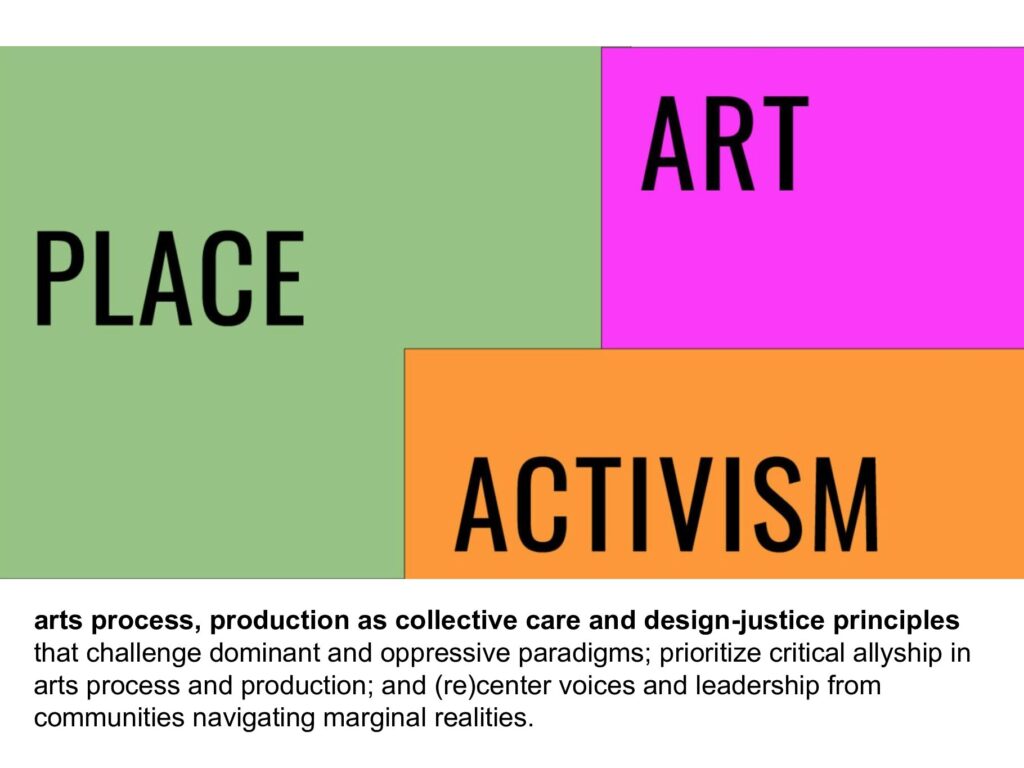
(new) aesthetics
relationality and relational becoming in arts process and production particularly in public space
place, in all of its meanings, is a collaborator
grounding the work in transformative justice – committing to the reduction and address of historic harm
imagining futurity through the lens of collective and reciprocal care, regenerative reciprocity, and relationships with the more-than-human world
leadership that counters dominant and oppressive paradigms is the one to follow
art is knowledge and theory – it is thinking while doing
lived experience is critical to liberation
Credit and thanks go to:
Jess DeVitt
Pree Rehal
Ammarah Ahmed
Ayrah Taerb
Bert Whitecrow
Jahmal Nugent
Olympia Trypis
Nigel Edwards
Lisa Myers
Sarah Flicker

